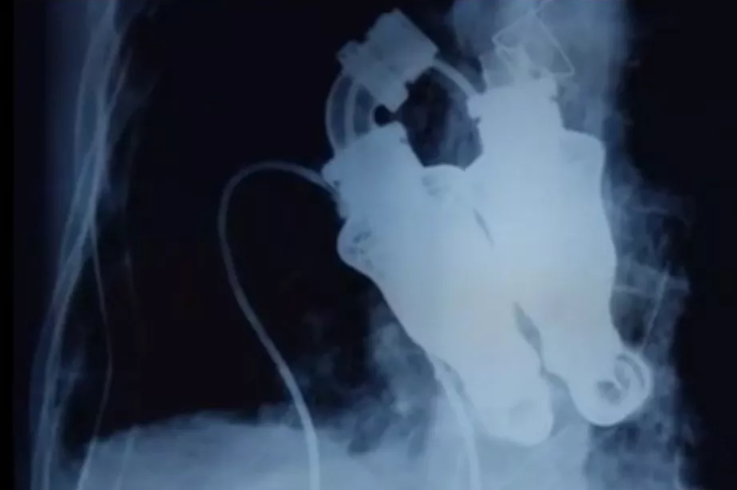This doesn’t happen on Earth, because the oxygen in our atmosphere forms an extremely thin film of oxidized metal on every exposed surface. The oxidization layer acts as a barrier that conveniently prevents chunks of metal from sticking to other chunks of metal.
In the vacuum of space, however, there is no oxidation layer. If the atoms of two metal objects come in contact with each other, what you suddenly have is one continuous metal object, and a lot of explaining to do to your mission commander.
It’s only in special places like Earth, with our highly caustic oxygen-rich atmosphere, that we can carry around bare pieces of metal to hit each other with and not have to worry about how inconveniently sticky they are.
This effects isn’t an issue for NASA. If you brought a metal tool with you into space, it’d retain the protective oxidation layer it had on Earth, and you wouldn’t have any problems unless you went to a lot of trouble to remove it.
The process also doesn’t happen instantaneously but requires pressure, time and vibration (force cycling).
This process, called cold welding is sometimes used in industrial applications.







